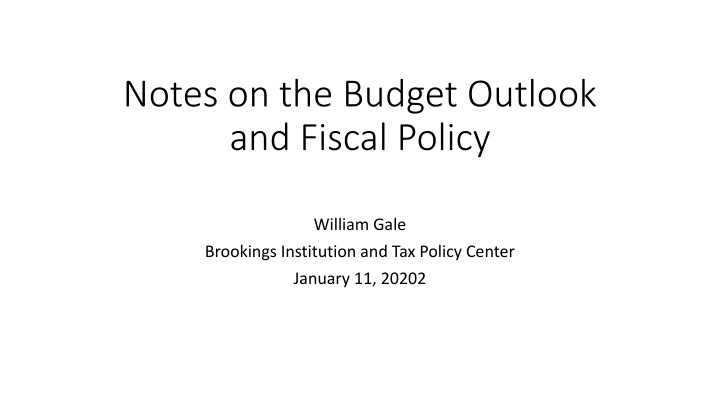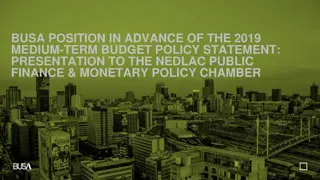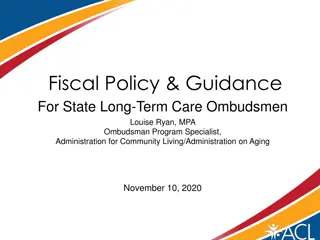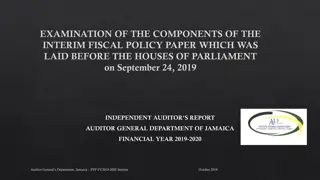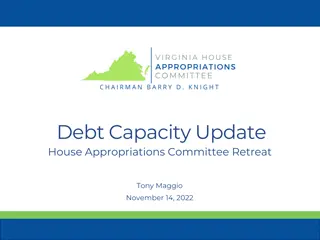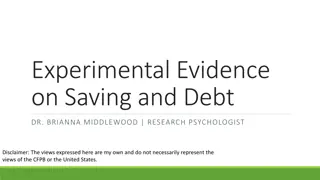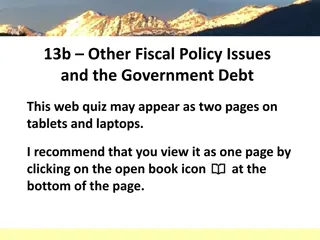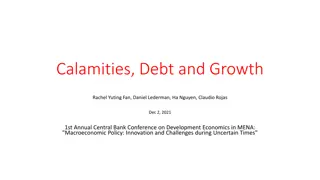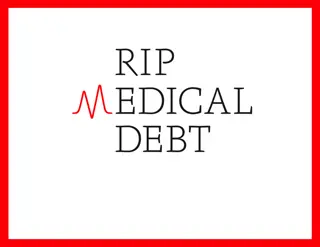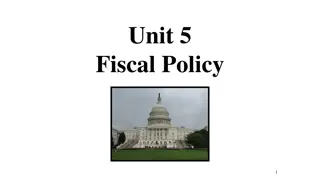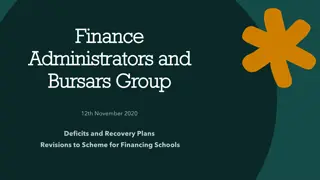Notes on Deficits, Debt Patterns, and Fiscal Policy
Deficit and debt patterns past and future analyzed in relation to US fiscal policy and budget outlook. Understanding the impacts on future generations and the importance of spending wisely. Key spending facts related to social security, healthcare, defense, and interest highlighted.
Download Presentation

Please find below an Image/Link to download the presentation.
The content on the website is provided AS IS for your information and personal use only. It may not be sold, licensed, or shared on other websites without obtaining consent from the author.If you encounter any issues during the download, it is possible that the publisher has removed the file from their server.
You are allowed to download the files provided on this website for personal or commercial use, subject to the condition that they are used lawfully. All files are the property of their respective owners.
The content on the website is provided AS IS for your information and personal use only. It may not be sold, licensed, or shared on other websites without obtaining consent from the author.
E N D
Presentation Transcript
Notes on the Budget Outlook and Fiscal Policy William Gale Brookings Institution and Tax Policy Center January 11, 20202
Deficit and Debt Patterns Past and Future In the distant past (pre-Reagan) Deficits caused by defense build-ups during major wars (or by depressions) Debt/GDP fell after wars because of cuts in defense The recent buildup has been very different Debt/GDP = 39% in 2008 Debt/GDP = 70% in 2012 (Financial crises, Recession, Stimulus package) Debt/GDP = 102% in 2021 (2017 tax cut, COVID, recession, relief, stimulus) Future deficits Persistent and rising primary deficits (i.e., not counting interest payments) Interest rate is key to sustainability
Why do we care about deficits? Hemingway (The Sun Also Rises) Character 1: How did you go bankrupt? Character 2: Two ways. Gradually, then suddenly Suddenly: Could U.S. debt cause a financial crisis? Seems unlikely we are not Greece. We can pay our debt for decades to come. We issue debt in our own currency. 2008 example. Japan example. Caveat: Policymakers could create a politically-induced crisis Gradually: Debt place burdens on future generations Crowds out productive capital ( termites in the woodwork ) Increases debt service payments in the future This depends on interest rates, though.
But not all debt is bad! To finance needed wars, major investments in human and physical capital, anti-recession policy Plus, investors world-wide want US debt for safety and liquidity ( > low r) We bequeath a lot of things to future generations besides debt Infrastructure Environment Education system Health system So, how we spend the money matters, not just the debt
Some key spending facts Big 4: Social Security, health care, defense, interest Typically, about 70% of federal spending In the next 10 years, >100% of the increase in spending/GDP Social security provides critical support for many households SS accounts for >50% of income for 40% of elderly HH (>=90% for 14%) Health spending is concentrated among high-cost episodes and individuals ( HSA s not very helpful) Medicaid and CHIP provide health care to about 45% of U.S. kids Solid, emerging evidence that investments in kids and low-income workers (EITC) pay economic and fiscal dividends over time
Deficits are not a spending problem An imbalance between taxes and spending Which side of the scissors does the cutting? Net interest is the result of prior deficits, not a new spending program SS, health programs are the playing out of commitments made decades ago, not new spending programs Politicians chose not to provide the financing needed at that time Revenues have been cut and are not projected to rise very much
Deficit Reduction is a Classic Political Problem The benefits accrue later (to many people who don t have a vote now), the costs would be imposed sooner. The costs are concentrated, benefits are diffuse (Olson). The benefits (better economy) are hard to link directly to the policies (building example). Americans deplore red ink but oppose most of the policies that would fix the problem. Solution will require bipartisanship (so each side can blame the other).
Thinking about Solutions We don t need To balance the budget permanently that would imply debt/GDP falling forever To eliminate debt very bad idea A constitutional amendment for balanced budget unspeakably bad idea False Solutions Cut foreign aid Inflation Tax Cuts Growth will help, but not enough Real Solutions Entitlement reform Investing in human and public capital Raising revenues, restructuring taxes, and redistributing burdens 8
Tax Options Raise taxes on the rich Equity / inequality (close loopholes, offset widening income and wealth distribution) Efficiency (close loopholes, tax wealth without creating a wealth tax ) Within the existing system Income tax rates and base (capital gains, MID, pass-thru deduction) Corporate tax rates and base (move to cash flow, raise rates) Estate tax/inheritance tax Via new options Wealth tax (unlikely to work) Progressive consumption tax (or a VAT with UBI = 2 * poverty rate; every other country has a VAT) Crack down on evasion 16% of all income and >50% of farm and sole proprietorships income is not reported to IRS Carbon tax Giving every coal miner $250k would cost 1% of the 10-year revenue from a carbon tax 9
Taxes and Growth: Cross-Country Evidence (1970-2015)
